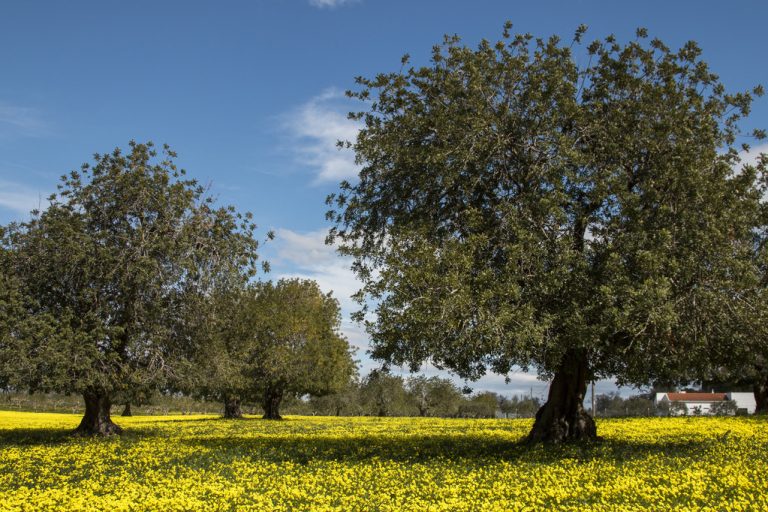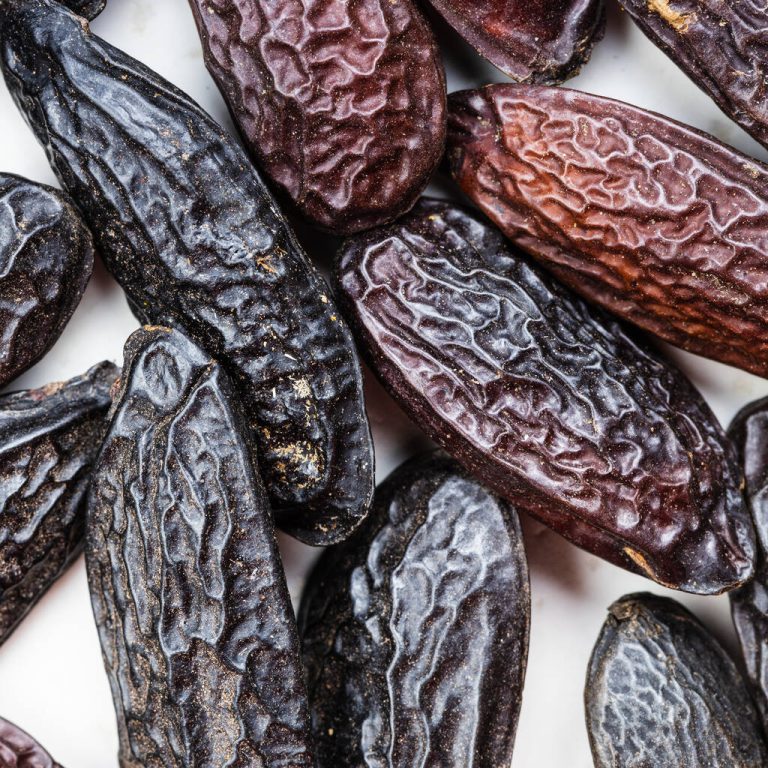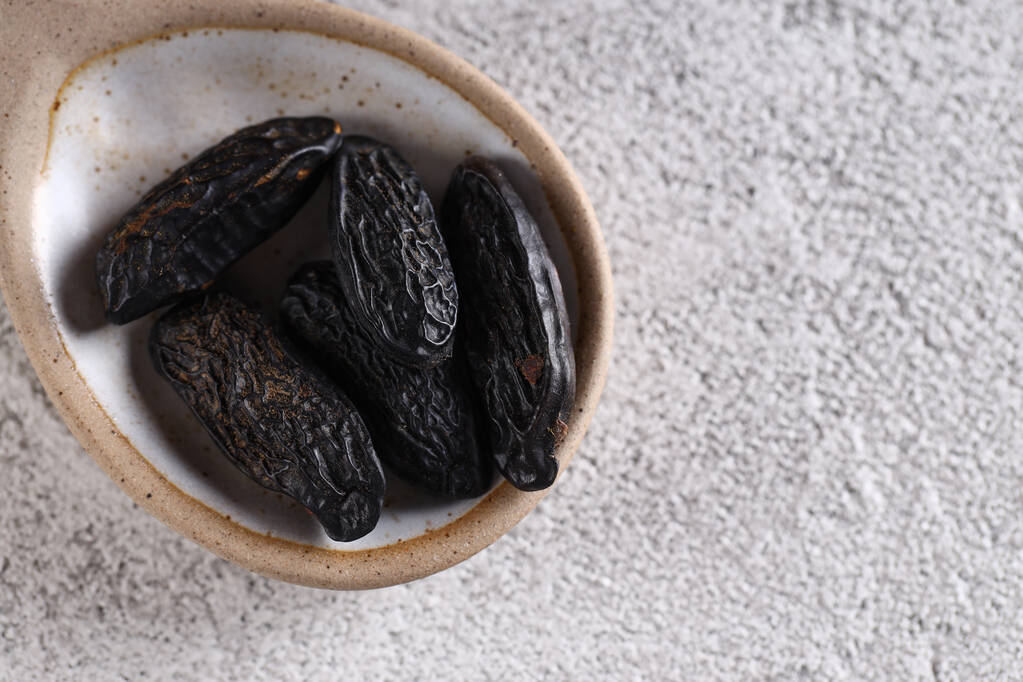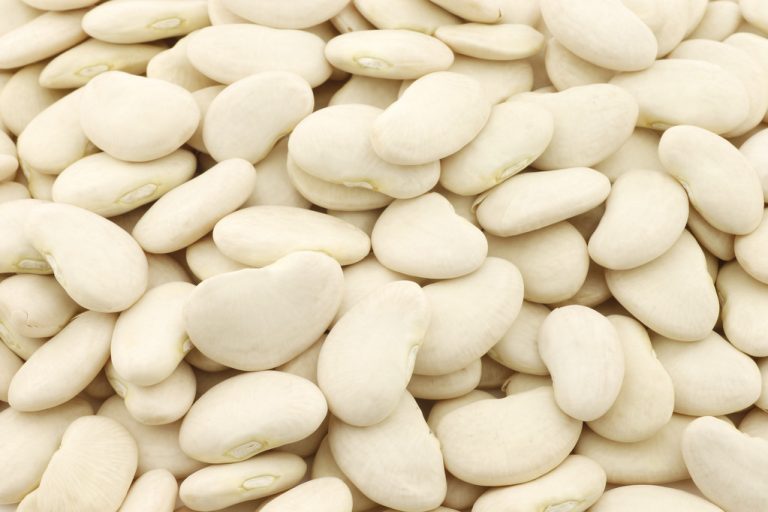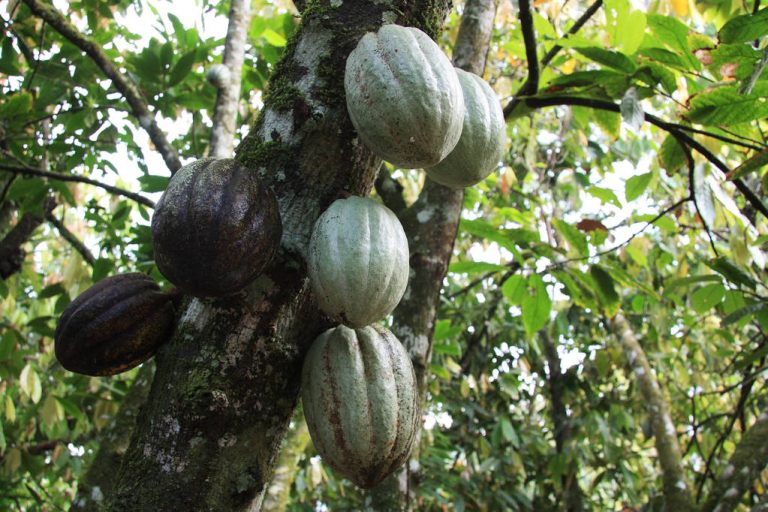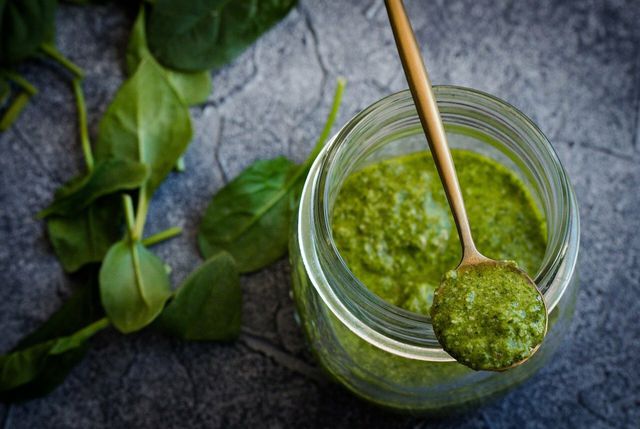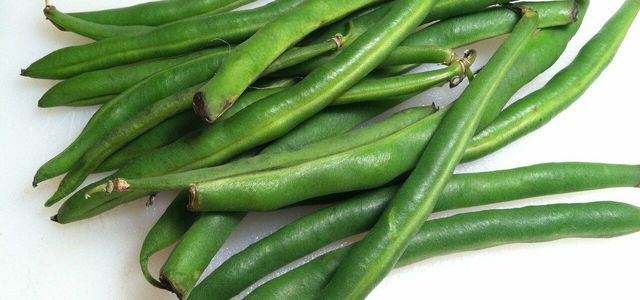Locust bean gum is a versatile food and is ideal for a gluten-free and vegan diet. Here we explain what you can do with it.

What is locust bean gum?
Locust bean gum (also: carob flour or carob powder) is obtained from the fruits of the locust bean tree, whose ground seeds produce the flour. The heat-loving tree originally comes from the Arabian region, but is now found throughout the Mediterranean region, South and North America, and Australia. The largest growing areas are in the Spanish regions of Valencia and the autonomous Spanish community of Catalonia.
The flesh of the fruit, which is a good 30 centimeters long, used to be processed into a nutritious and durable bread, which gave the carob tree its name. Today its cores are the focus of interest. Locust bean gum tastes slightly sweet and is very similar to cocoa. In contrast to this, the carob powder is low in fat and rich in calcium and fiber.
Use of locust bean gum
Locust bean gum is soluble in hot water, but swells in cold water. These properties make it a popular binding and thickening agent in the food and cosmetics industries. Locust bean gum is even used for animal feed.
For the home kitchen, it is ideal as a vegan binding agent for baking and cooking.
Other properties make locust bean gum a popular additive, which you can find in lists of ingredients under the name E 410:
Even a small amount of locust bean gum gives liquids a jelly-like shape and thickens them.
The flour is insensitive to heat, acid and salt and can therefore be used in a variety of ways
It also ensures that turbidity is bound. Lemonades and juice spritzers, for example, can be kept clear without a rim settling.
Locust bean gum is generally well tolerated, it is vegan, free of cholesterol, lactose or gluten and is also approved for organic products, as the nutrition portal Lebensmittel-Merchandise describes.
You will find locust bean gum in the ingredient lists of the following products, among others:
jams and preserves
jellies, puddings and instant mousse
milk drinks
Ice
fruit or vegetable preserves
Pies and Delicatessen
Baked goods (especially gluten-free baked goods)
Food for diabetics
You can find locust bean gum in every organic market or health food store. The rich flour is ideal as a vegan and gluten-free binding agent, for example for creamy cakes or soups.
Is locust bean gum harmful to health?
In general, locust bean gum is classified as harmless, as the consumer protection website Codecheck also states. It has unrestricted approval as a food additive and may also be used in baby food.
However, caution is advised, especially for allergy sufferers. Locust bean gum is suspected of being able to lead to cross-reactions with an existing allergy. This applies in particular to an existing soy allergy.
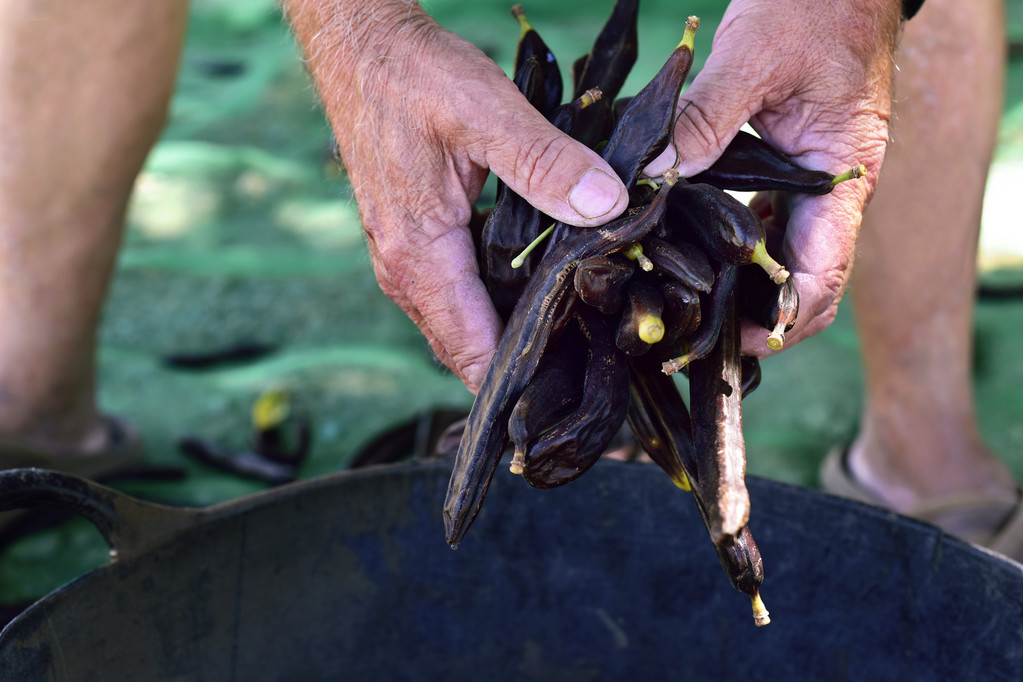
Sustainability of locust bean gum
The carob tree is ideally suited for sustainable ecological cultivation. Its cultivation is even of ecological value, as explained by the online journal Biothemen. It thrives even on poor, dry and nutrient-poor soils. Similar to olive trees, carob trees are ideal for reforesting deserted landscapes.
The roots of the trees protect dry areas from erosion and loosen the soil. In the hot growing regions, its canopy provides protection from the sun and wind and provides an important habitat for birds, insects and other wildlife.
Harvesting ripe carob pods is quite time-consuming and expensive, as it is done by hand and cannot be automated. The cultivation of carob trees does not require any pesticides, which gives its flour organic food quality. The wood of the carob tree can also be used well. As it is durable and resistant, it is suitable for processing into floors, walls, fences or furniture.

